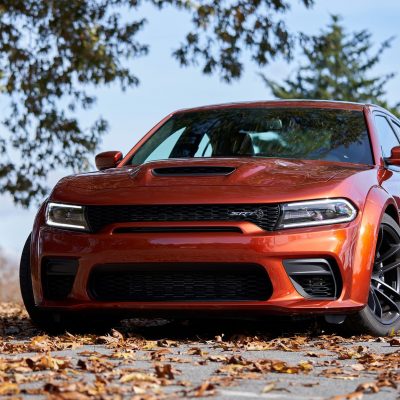When I first started indoor photography, I struggled with overall exposure, color tones, and that bright & airy look I saw in the works of other professional photographers.
If that sounds like you right now, I am going to share with you the secrets to perfecting your indoor photography.
Shooting photos indoors can be a challenge, but it can also be very exciting.
What is Indoor Photography?
Indoor photography refers to photos taken indoors: be it portrait photography, real estate photography, or product photography. It can also include artistic projects, such as still life photography or photojournalistic images.
Each interior space will be unique and offer different possibilities, but there are some basic rules to bear in mind that will make the process smoother.
Let’s dive into some tips to help you improve your indoor photography.
Camera Settings for Indoor Photography
Shooting indoors typically means there’s less light than outdoors, so you need to amend your camera settings to accommodate this.
You’ll need to think about your ISO, aperture, shutter speed, and white balance.
Here are the best camera settings for indoor photography that works for me:
- ISO: 100 if I am on a tripod. If hand-holding, I will boost it up to 800 or even 1000.
- Shutter speed: 1/100th if handholding. If n a tripod I will go much lower.
- Aperture: f/4 or less for indoor portraiture. F/11 for real estate, interior design photography.
- WB: Custom or preset
- Photo Format: RAW
- Shooting Mode: Aperture Priority
These settings work great as a starting point, but let’s see how you can customize them to be more creative depending on your subject, available light, and artistic needs.
Boost Your ISO in Low Light
The most common way to increase overall exposure in low light locations is to raise your ISO settings, but be aware this does increase the chance of noise, or grain, in your photos.
However, depending on the type of work you’re doing, grainy photos can be embraced. Having grain, or noise, in your photo can add to the mood of portraits or details.
Pro Tip: Look for “Auto ISO Range” in your camera’s settings if you are worried about unrecoverable noise in your images. Setting this range will make sure your camera does not increase ISO above the max settings.
Open up Your Aperture
One way to increase your exposure without introducing noise in your indoor shots is to open up your aperture.
Doing so lets more light reach the camera’s sensor through the lens. However, be aware that a large aperture narrows your depth of field. Which could result in a blurry background.
This works very well for indoor portraiture, fine details, or small items.
Use a Slower Shutter Speed
Another way to increase the overall exposure in your indoor photography is to slow down your shutter speed.
Bear in mind you’ll have to use a tripod for any shutter speeds under 1/60th.
Pro Tip: Switch your camera to Aperture Priority mode. This mode will allow you to set your aperture and the camera automatically optimize for the fastest shutter speed.




